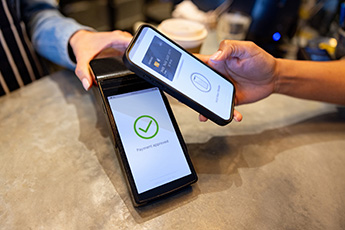The oldest customer complaint, which was carved into a clay tablet, actually dates back 4000Ys to Mesopotamia. While we don't expect you to get many (if any) of these complaints, with more digital banking users these days, you have surely provided additional customer service.
COVID-19 and the need for physical distancing forced many people who had previously resisted mobile banking -- particularly seniors -- to adopt online banking, mobile apps, and even cashless payments. But as branches reopen, community financial institutions (CFIs) will need to be proactive if they want to keep seniors engaged with digital banking.
Out of necessity, many older Americans adopted digital banking for the first time during this pandemic. In April, around 23% of new logins to Bank of America's online platform and mobile offerings were by "seniors and boomers." In fact, those groups also represented some 20% of customers who deposited checks using cell phones for the first time too. These increases are largely driven by the restrictions made by COVID-19. So, there is a chance that these same people will revert to old habits, once it is possible to do so.
Only 17% of Americans who are over 50 and have low-to-moderate income are financially secure, according to a study from the AARP Foundation, Chase, the Financial Health Network, and Dalberg Design. As such, one of the biggest concerns seniors have is the security of their money. So, it becomes mission-critical to make your seniors feel not only comfortable in using your digital features, but also confident that all your digital transactions are secure.
With this in mind, we provide you with a few ways to continue making digital services and mobile apps enticing to seniors.
- Leverage the experiences of other seniors at your bank who have changed their minds about mobile banking and embraced it during the pandemic. Communicating these customers' experiences and testimonials is a great way to reach out and influence their peers.
- Make sure that mobile apps and services are customizable, yet not dumbed down, for elderly, less-experienced users. While seniors need and appreciate the ability to utilize user-friendly settings, such as making fonts larger, they do not want to feel like they are less sophisticated users.
- Provide easily accessible and clear training that is simple to follow. Outline everything from the security measures your bank employs to any additional fees that can be incurred.
- Make sure seniors know that they can try these services out without the need to immediately commit or provide personal information.
- Highlight that they can easily access live customer support through your apps, if needed.
- Ensure that seniors know that resetting passwords is not complicated. Biometrics could be an option too, so they wouldn't have to remember passwords.
While not every senior may continue using digital banking, with your help, many of them could feel safe and secure continuing.




